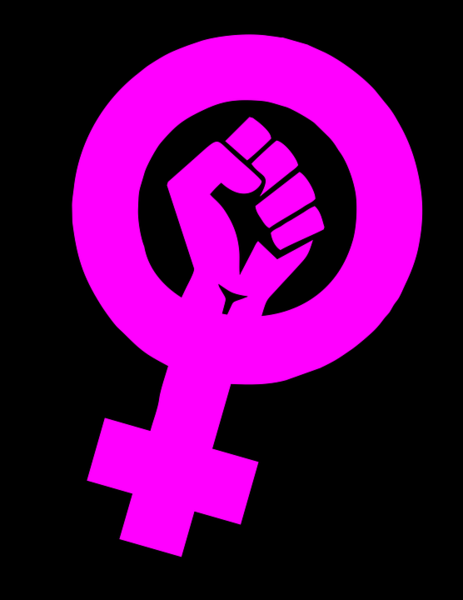Abstract
As “feminist” and “feminism” continue to be used and sometimes embraced in the public discourse, the question arises of what these terms actually mean and how they are being applied. In this in-class activity, students will begin to grapple with the underlying assumptions and plurality of meanings that are attached to “being a feminist.” Specifically,...
Download this resource to see full details. Download this resource to see full details.
Details
- Subject Area(s):
- Mass Communication/Public Opinion, Sex and Gender
- Resource Type(s):
- Class Activity
- Class Level(s):
- College 300
- Class Size(s):
- Small
Usage Notes
This activity consists of three distinct parts. First, drawing upon popular culture knowledge and representations, students will brainstorm short lists of “feminist” individuals before going into a class-wide discussion about the choices and their reasons. Second, the instructor gives a brief summary of the points in the discussion,...
Download this resource to see full details. Download this resource to see full details.
Learning Goals and Assessments
Learning Goal(s):
- Recognize the plurality of meanings and understandings often attached to the term “feminist.”
- Connect the in-class discussion to their own assumptions and understanding surrounding feminism.
Goal Assessment(s):
- Small group and class-wide discussions about the labeling of certain individuals in popular culture as “feminist.”
- Students respond individually to a short writing prompt asking them what “being feminist” means to them and if they take on that identity personally.
When using resources from TRAILS, please include a clear and legible citation.


